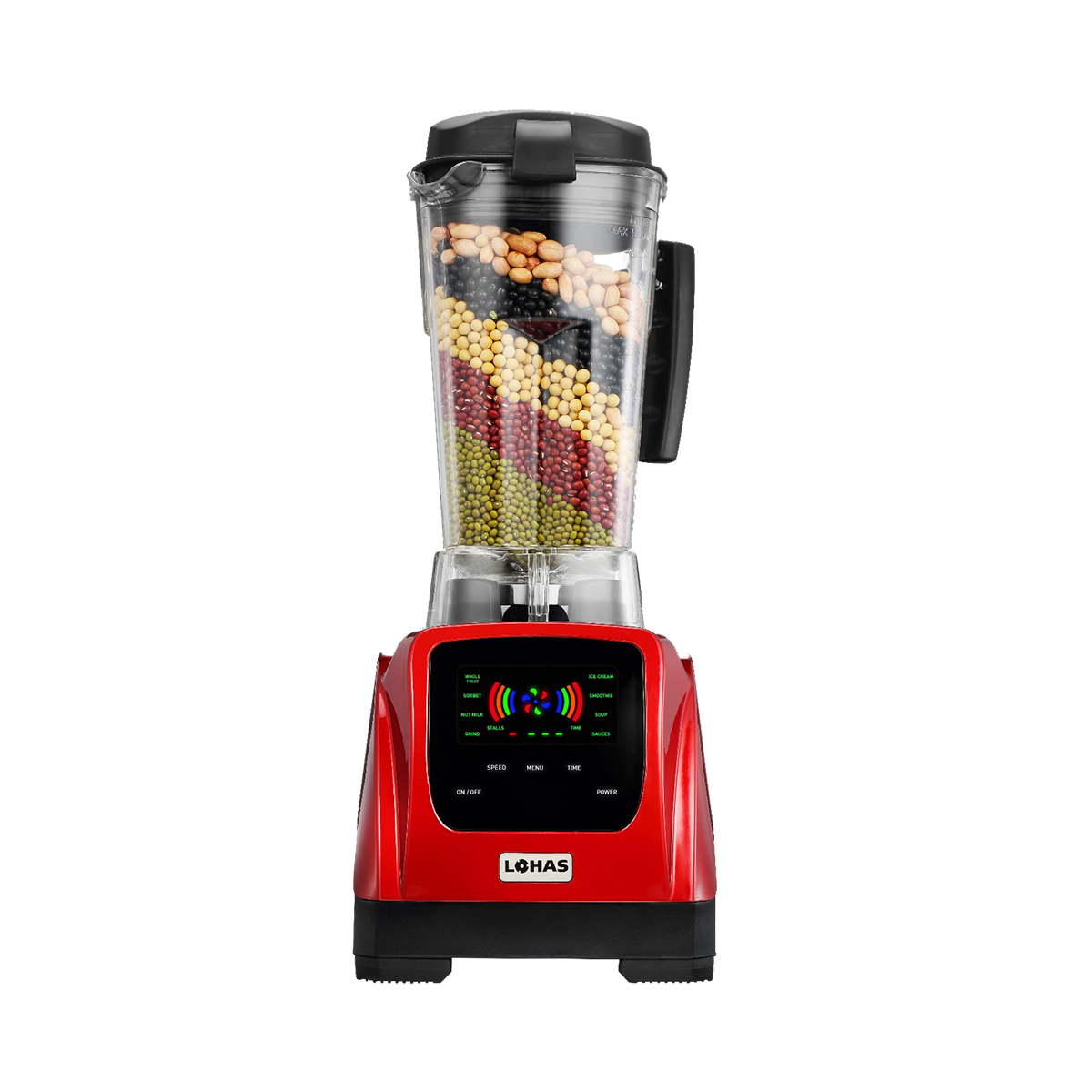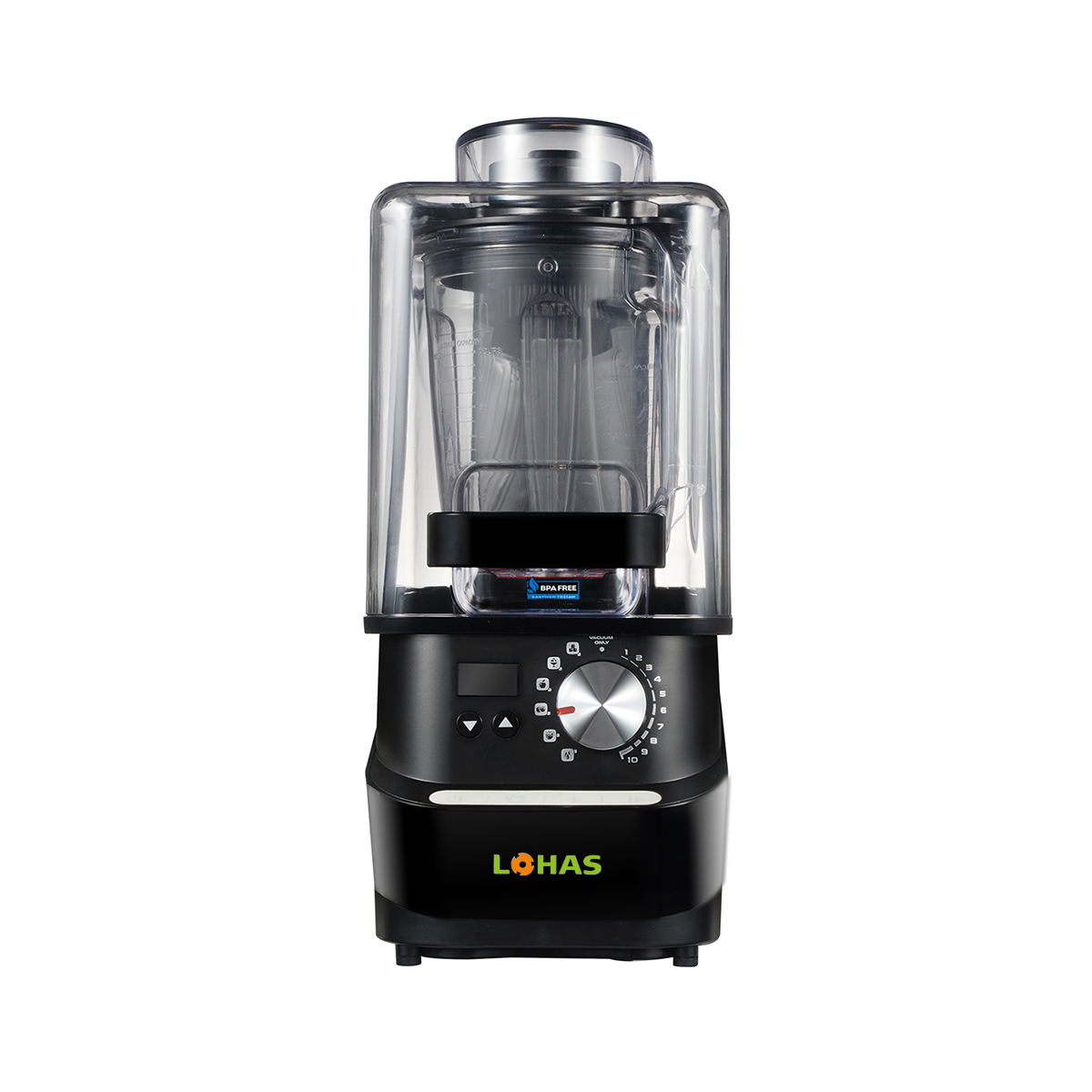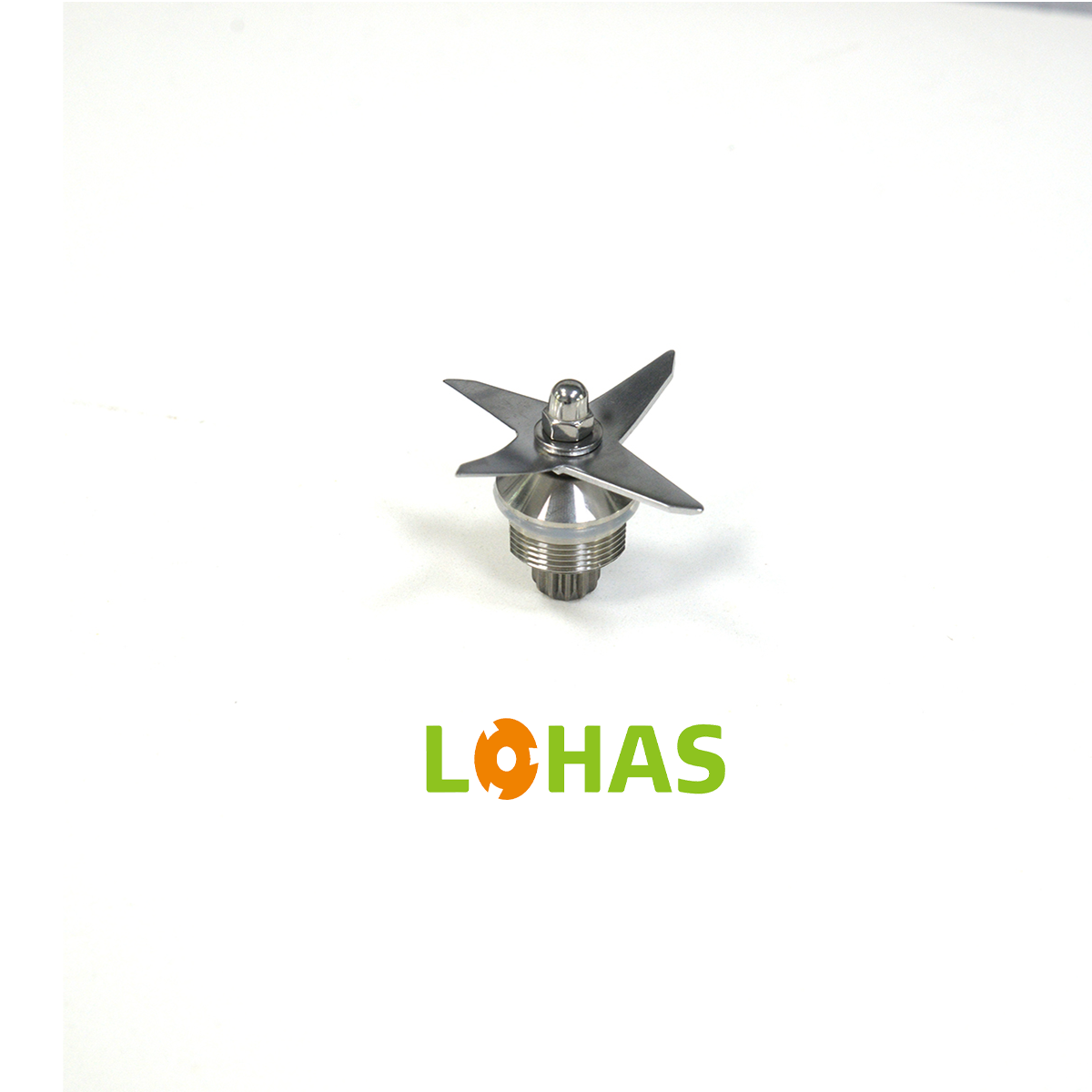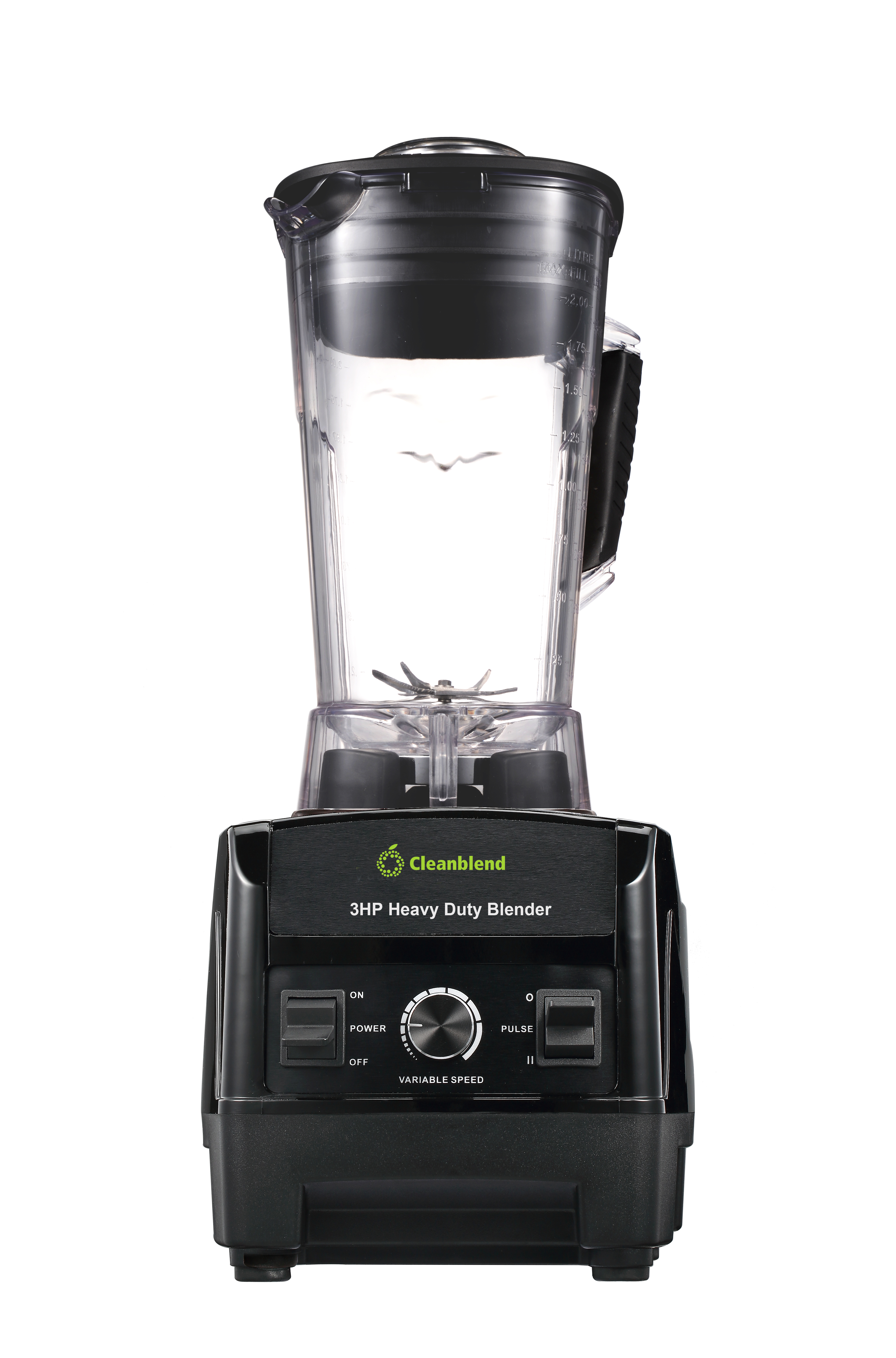Essential Features of Professional-Grade Blending Equipment
The backbone of any successful commercial kitchen lies in its equipment, and a commercial blender stands as one of the most versatile and indispensable tools. From creating smooth purees and sauces to crushing ice and blending frozen drinks, a commercial blender handles tasks that regular household blenders simply cannot match. Understanding what makes these powerful machines different and knowing which features truly matter can significantly impact your business operations.
Whether you're outfitting a new restaurant kitchen, upgrading your smoothie bar, or expanding your catering business, selecting the right commercial blender requires careful consideration of various factors. These machines represent a substantial investment, and making an informed decision ensures both optimal performance and long-term value for your establishment.
Power and Performance Specifications
Motor Capacity and Speed Settings
At the heart of every commercial blender lies its motor, typically ranging from 1-3 horsepower for professional models. This powerful engine enables these machines to process dense ingredients and maintain consistent performance throughout long operating hours. Unlike residential blenders, commercial models feature heavy-duty motors designed to withstand continuous use without overheating or wearing down quickly.
Variable speed controls are another crucial aspect of commercial blender performance. Professional-grade units often offer between 3-10 speed settings, allowing precise control over texture and consistency. The ability to adjust speeds helps achieve perfect results whether you're creating silky smooth purées or chunky salsas.
Blade Design and Materials
Commercial blender blades are engineered from hardened stainless steel, designed to maintain sharpness and resist corrosion even with frequent use. The blade assembly typically features multiple cutting edges at various angles, optimizing the blending process for different types of ingredients. Some models incorporate specialized blade designs for specific applications, such as wet blading for smoothies or dry blading for grinding spices.
Construction and Durability Features
Container Materials and Design
The container or jar of a commercial blender must withstand intense daily use while maintaining clarity and resistance to impacts. Most professional models utilize high-grade polycarbonate or stainless steel containers, each offering distinct advantages. Polycarbonate provides visibility of the blending process and lighter weight, while stainless steel offers superior durability and temperature retention.
Container design also plays a crucial role in blending efficiency. Advanced models feature specially engineered corners and sides that create optimal vortex patterns, ensuring thorough ingredient incorporation without requiring frequent scraping or stirring.
Base Construction and Stability
A stable, well-built base is essential for safe operation at high speeds. Quality commercial blenders feature heavy-duty metal bases with rubber feet or suction cups to prevent movement during operation. The coupling system between the base and container must be robust and precisely engineered to handle powerful torque without wearing down.
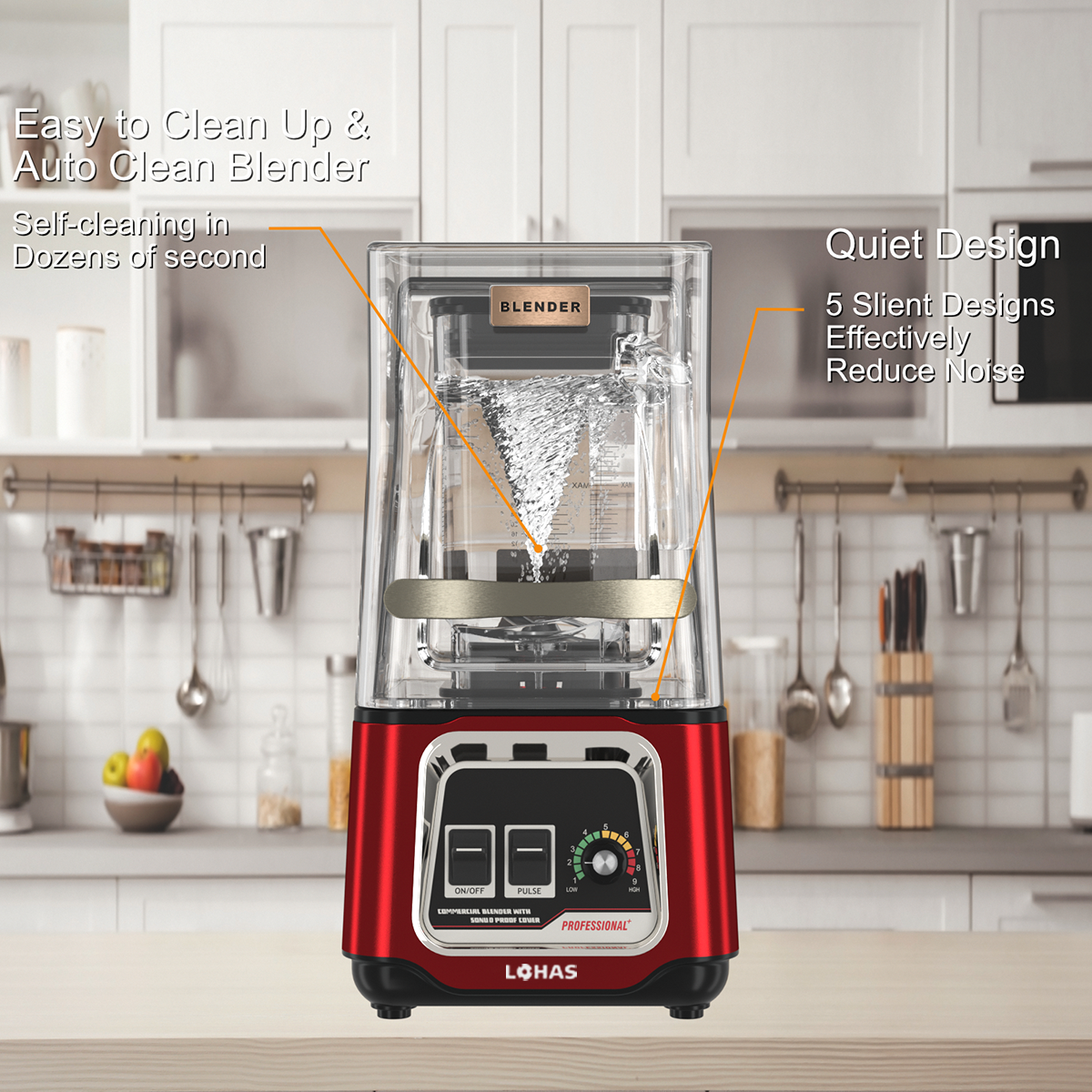
Safety and Compliance Standards
Commercial Certification Requirements
Professional kitchen equipment must meet specific safety and sanitation standards. Look for commercial blenders with NSF certification, which ensures the equipment meets strict food safety guidelines. UL listing is another important certification, indicating the electrical components meet safety standards for commercial use.
Many jurisdictions require commercial kitchen equipment to comply with local health department regulations. Choosing a properly certified commercial blender helps ensure smooth inspections and compliance with business insurance requirements.
Safety Features and Controls
Modern commercial blenders incorporate various safety features to protect operators and equipment. These include automatic shutoff systems to prevent overheating, secure lid locking mechanisms, and splash-guard designs. Some models feature electronic load sensing to adjust motor speed and prevent jamming or damage when processing tough ingredients.
Maintenance and Cleaning Considerations
Daily Cleaning Requirements
Efficient cleaning procedures are essential for maintaining food safety and equipment longevity. Look for commercial blenders with dishwasher-safe components and easily disassembled parts. Some models feature self-cleaning cycles that simplify the process, while others include specialized cleaning tools designed for their specific configuration.
Container design should facilitate thorough cleaning without hard-to-reach corners where food particles might accumulate. Non-porous surfaces and smooth joints help prevent bacterial growth and make sanitization more effective.
Long-term Maintenance Needs
Regular maintenance ensures optimal performance and extends equipment life. Consider models with easily replaceable parts and good manufacturer support for repairs. Some manufacturers offer preventive maintenance programs or service contracts, which can be valuable for busy commercial operations.
Keep in mind the availability of replacement parts and local service providers when selecting a commercial blender. A well-supported brand can mean the difference between quick repairs and lengthy operational disruptions.
Cost Considerations and Return on Investment
Initial Investment Analysis
While commercial blenders represent a significant upfront investment, ranging from several hundred to thousands of dollars, this cost must be evaluated against the equipment's expected lifespan and daily usage requirements. Higher-end models often justify their premium price through superior durability and performance capabilities.
Consider the volume of blended items your operation produces and how critical blending quality is to your menu offerings. A more powerful, efficient blender might cost more initially but could pay for itself through increased productivity and reduced preparation time.
Operating Costs and Efficiency
Energy efficiency can significantly impact long-term operating costs. Modern commercial blenders often feature improved motor designs that deliver more blending power while consuming less electricity. Some models include energy-saving features like automatic shutoff timers and power-saving modes during idle periods.
Factor in the cost of replacement parts, maintenance services, and potential downtime when calculating total ownership costs. More reliable models might command higher prices but could prove more economical over time through reduced repair needs and longer service life.
Frequently Asked Questions
How long should a commercial blender last with regular use?
A quality commercial blender, when properly maintained, typically lasts 5-10 years under normal commercial use. However, this can vary significantly based on usage intensity, maintenance practices, and the specific model. High-end models with robust construction may continue performing well for even longer periods.
What warranty coverage should I expect for a commercial blender?
Most reputable manufacturers offer warranties ranging from 1-3 years on commercial blenders, with some premium models featuring extended coverage up to 5 years. Look for warranties that cover both parts and labor, and pay attention to any usage limitations or maintenance requirements that might affect coverage.
Can I use a commercial blender for both wet and dry ingredients?
While many commercial blenders can handle both wet and dry ingredients, it's important to verify the specific model's capabilities. Some units require different blade assemblies or containers for optimal processing of wet versus dry ingredients. Always consult the manufacturer's recommendations to ensure proper use and maintain warranty coverage.



